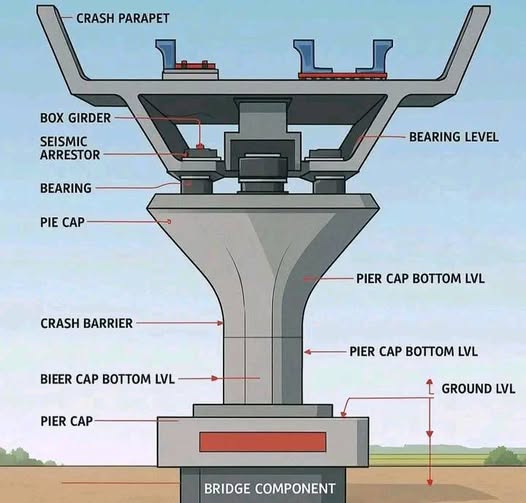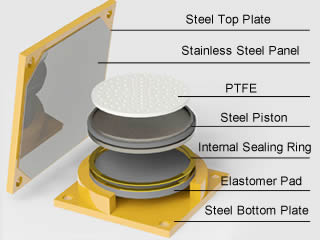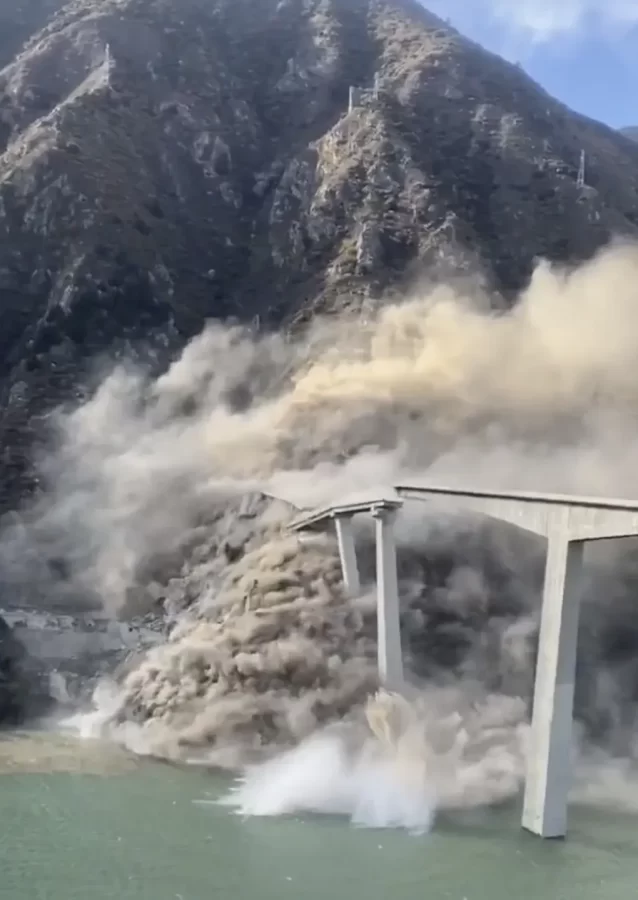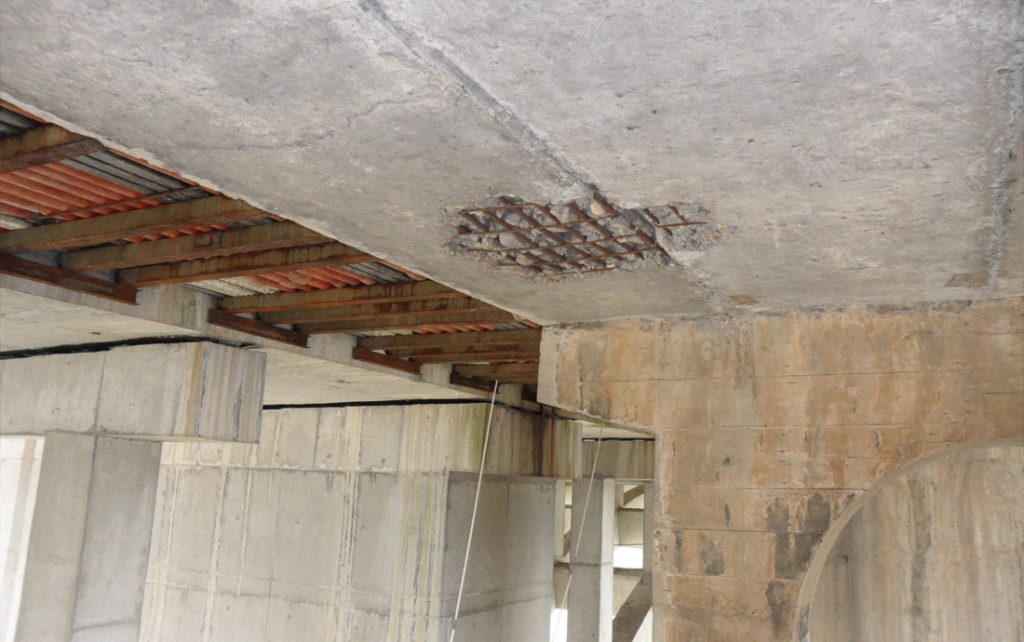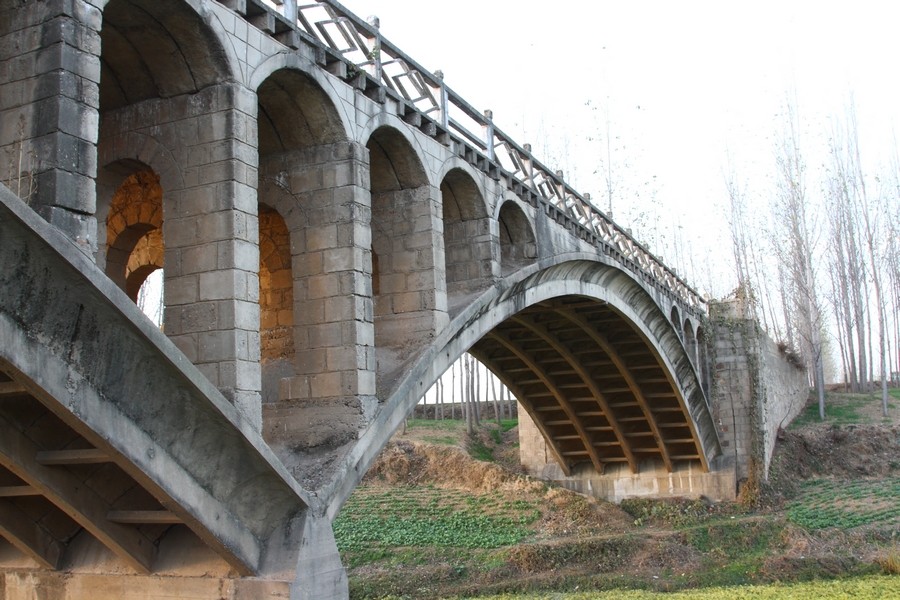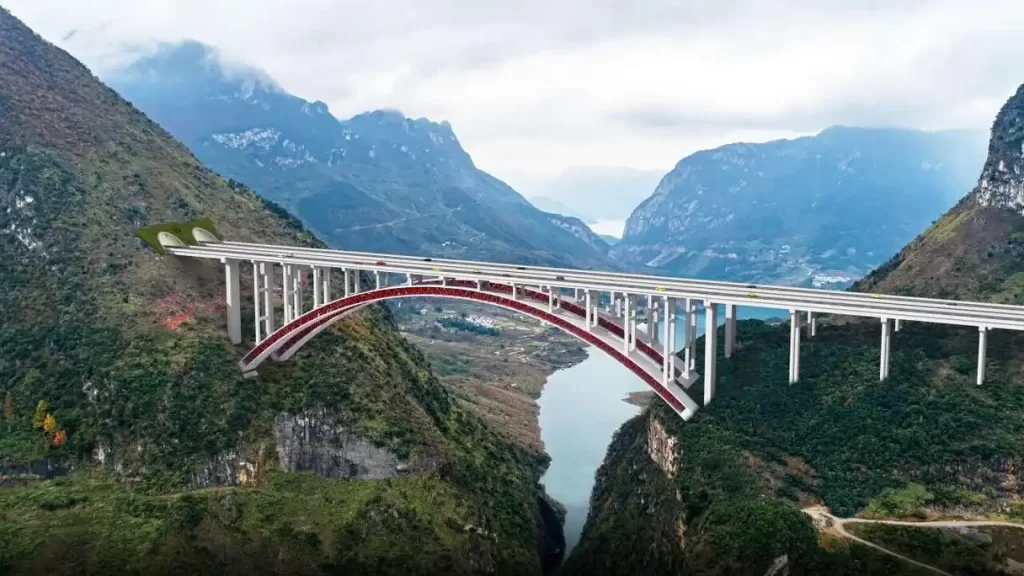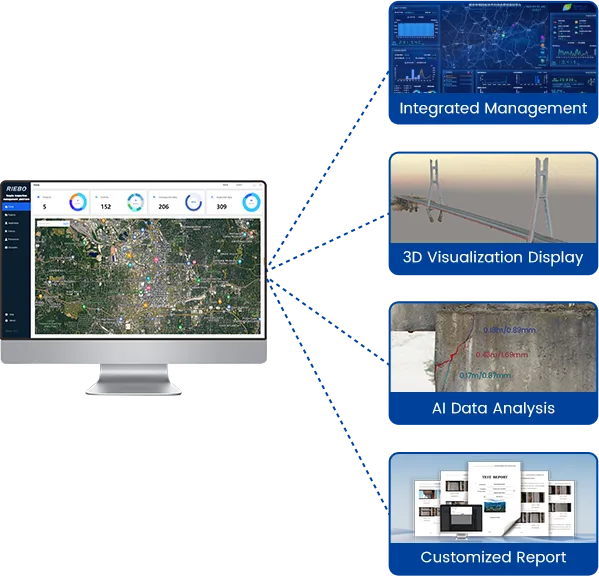The bridge deck is a critical structural component that directly bears traffic loads and environmental impacts. Its condition plays a decisive role in the overall safety and durability of the bridge. Over time, the bridge deck is prone to various types of deterioration. Without timely detection and repair, these issues can reduce ride comfort, weaken structural integrity, and even pose safety risks. Therefore, conducting systematic analysis and scientific inspection of deck deterioration is essential for ensuring long-term safe operation.
Common Bridge Deck Pavement Defects
The deck pavement layer is the most vulnerable part of the structure. Whether made of cement concrete or asphalt, it may develop several common defects, including alligator cracking, transverse and longitudinal cracks, spalling, potholes, exposed reinforcement, and rutting.
Alligator Cracks:
Characterized by multiple irregular cracks forming a network pattern, usually caused by poor construction, inadequate curing, or voids between the pavement and deck slab.
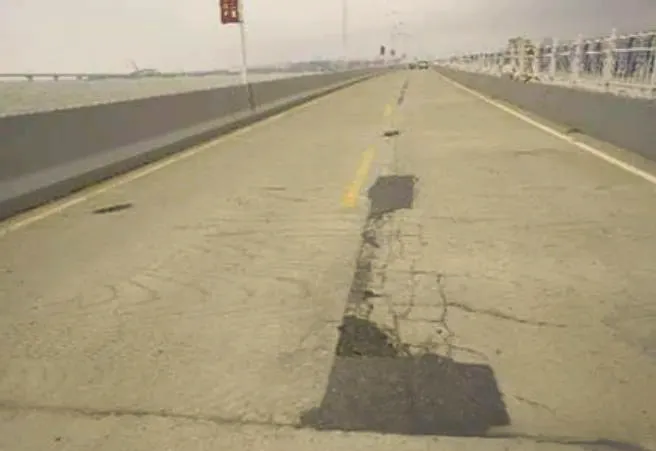
Transverse Cracks:
Cracks perpendicular to the traffic direction, typically caused by temperature stress, concrete shrinkage, or reflective cracking from the superstructure.
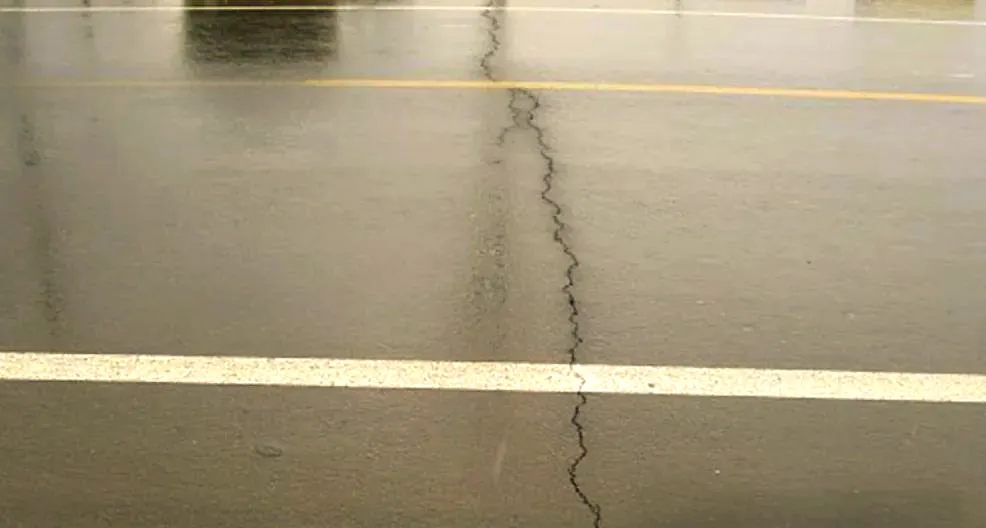
Longitudinal Cracks:
Cracks aligned with the direction of traffic, often due to poor joint quality or improper curing during construction.
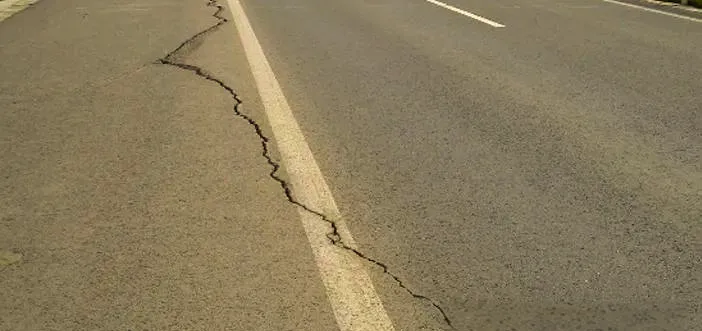
Fractures and Spalling:
Wide cracks or fractured concrete surfaces in cement pavements often result from delamination or voids between the deck slab and overlay.
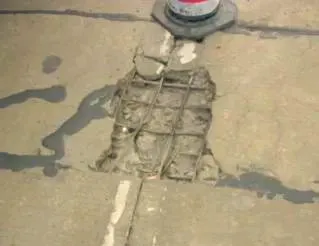
Potholes and Exposed Reinforcement:
Caused by uneven material distribution, inadequate protective layer thickness, or reduced concrete strength.
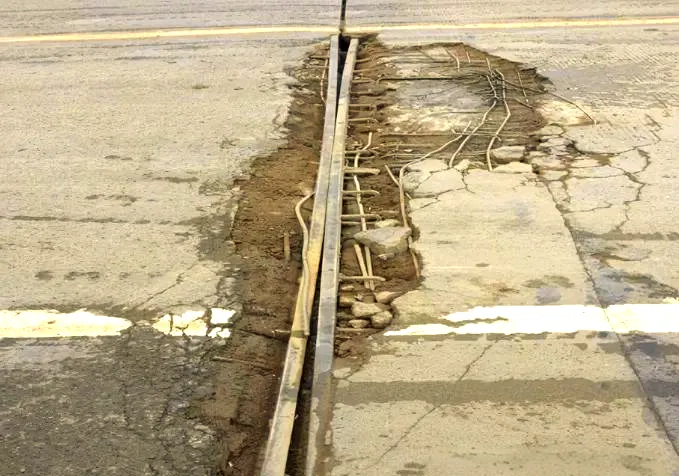
Rutting:
Longitudinal depressions in asphalt pavements caused by inadequate material stiffness or long-term heavy traffic loads.
Defects at the Bridge–Roadway Connection
Common issues at bridge approaches include settlement, uneven joints, and bumping at the transition zone. These problems often arise from subgrade settlement, poor backfill compaction, or temperature variations, leading to uncomfortable and unsafe driving conditions.
Drainage System Defects
Drainage deterioration is one of the key hidden risks in deck. Clogged scuppers, aging pipes, and accumulated debris can lead to water stagnation, concrete carbonation, and reinforcement corrosion, accelerating the deterioration of the bridge structure.
Expansion Joint Defects

Expansion joints may become clogged, lose elasticity due to aging rubber seals, or show concrete spalling around the joint edges. These problems reduce the bridge’s ability to accommodate thermal and load-induced deformations, affecting its overall performance.
Sidewalk and Curb Defects
Sidewalk slabs often develop cracks, surface damage, or loosened curbstones over time. Although they do not directly affect the bridge’s load-bearing capacity, they impact pedestrian safety and the aesthetic appearance of the bridge.
Barrier and Parapet Wall Defects
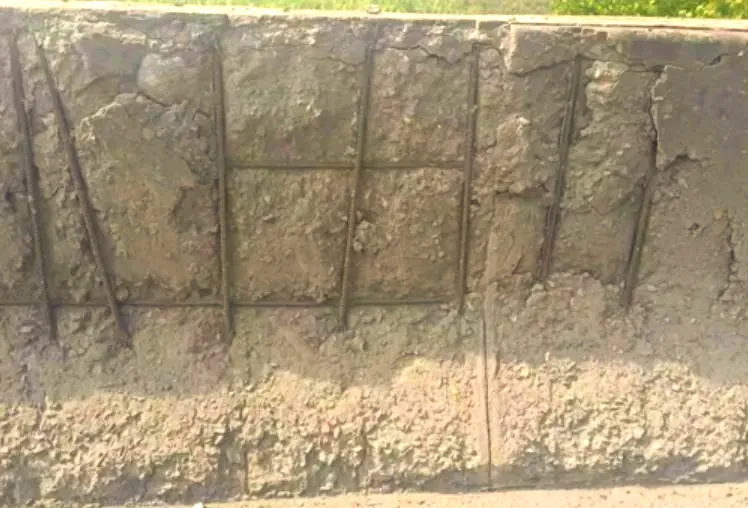
Common issues include reinforcement corrosion, railing detachment, and cracks in parapet walls. These are usually caused by construction defects, inadequate protective cover, or material aging, which may compromise the bridge’s protective function in the event of a collision.
Intelligent Bridge Deck Inspection and Management with Riebo
Traditional manual bridge inspections are often inefficient, subjective, and fragmented, making it difficult to meet the modern demands of digital and data-driven maintenance.
Riebo’s intelligent bridge inspection solution integrates UAV-based high-resolution oblique photography, infrared sensing, and AI-powered defect recognition to achieve automated and visualized detection of deck deterioration. The system can accurately identify cracks, spalling, joint failures, and uneven surfaces, while laser scanning and digital twin modeling provide precise 3D representations of bridge deck conditions.
Furthermore, the Riebo inspection platform supports periodic comparisons, trend analysis, and centralized data management, enabling maintenance teams to shift from passive repairs to proactive monitoring. Through continuous data accumulation, Riebo helps engineers predict deterioration patterns, optimize maintenance strategies, and achieve full life-cycle management of bridges.
Conclusion
Bridge deck inspection and analysis play a vital role in ensuring the safety and durability of bridge structures. By adopting Riebo’s intelligent bridge inspection technologies, operators can detect potential risks more efficiently, enhance data accuracy, and establish a proactive, digital approach to bridge maintenance — ensuring safer and more sustainable bridge operations.

